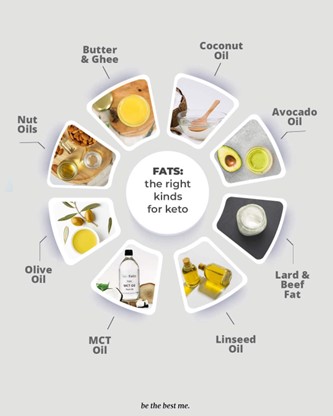The American Heart Association gives several advices to get a better lifestyle and to reduce cardiovascular diseases. According to the association, a better way of living based on regular activities and controlling daily intake will be beneficial for the health and the heart in the long term. Regular physical activities can help you maintain your weight, keep off weight that you lose and help you reach physical and cardiovascular fitness. Moreover, a healthy consumption of different nutritious food will bring various nutrients which your body needs each day.
Read the full article at: www.heart.org
Also check this great infographic on positivehealthwellness.com. It was designed to cut through the noise a bit while making the information stand out for everyone. Enjoy!
Regular physical activities are essential for your body as they contribute towards a healthy lifestyle. On the same line, having a healthy diet is the best weapon to fight cardiovascular disease. A healthy diet means intakes a variety of nutritious food with the right amount of calories needed throughout the day based on your age and physical activity. So, to have a control over those nutrients and calories consumed over the day, DietSensor brings in his technology to help in regulating your dietary pattern and get the right nutrients your body needs to be healthy. This technology, in long term, will help you to adopt a better way of living and to reduce the consumption of food linked to cardiovascular disease.




